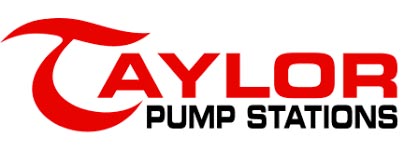Waste Water Lift Station- A Blog About Clogs
Managing a waste water lift station.
A pump clogs, that is just a fact. Pumps within a waste water lift station do not get clean potable water like the centrifugal pumps do in the drinking water industry. Sewage pumps are designed to handle most of the contents within raw sewage, but have clogging issues when it comes to the many different types of wipes and sanitary products that are flushed down the toilet.
Most designers of waste water lift stations acquire as much information as possible in regards to the area and industries the waste water lift station serves. The engineer will design the waste water lift station with as much current technology as possible to address refuse and animal byproducts.
“The Hair that binds us”, also clogs our Waste Water Lift Stations!
Just recently I received an e-mail requesting my help on a recently installed pre-packaged waste water lift station that was having problems with clogs. The micro station, i.e. flow calculations based on fixture units, was serving a relatively large animal shelter in a bedroom community of San Francisco. Any waste water lift station designer worth his salt has the hair on his back (hopefully the designer is a male) stand up when you hear animal grooming business or shelter, large veterinary clinics and one of my most difficult waste water lift station applications a tallow plant. The problem of hair as it applies to micro sanitary stations is across the board relative to its counterparts the macro waste water lift station. The problem relates to liquid volume relative to the amounts of solids in the gravity line whether it is rags or globs of balled up hair. If velocities within the gravity line go to low settlement will occur allowing a buildup in the line. When flows pick back up the line is flushed of its accumulated debris creating a condition of potential clogging of the waste water pumps.
“Big Hair, Spells big Problems for Waste Water Pumps”
(Especially in low horse power pumps)
The same dynamic of “catch and bind” that happens within your bathtub drain or sink and ultimately clogs the drain is precisely what happens to the waste water pump. The individual dog or animal hair has considerable amount of tensile strength and of course it balls up in a formation similar to that of a large ball of steel wool. In this formation the wad of hair displaces the water content within the volute thus disrupting the basic hydraulics design that is the centrifugal pump. A roto-dynamic pump converts mechanical energy to hydraulic energy. For pressure energy to be produced the impeller must be able to draw in water. If a mass of hair was lodged within the volute it would cause the pump to discharge more water than it was taking in. The resulting low pressure will cause water to vaporize (boil) and severe cavitation is the result. The point is a hair logged pump is a real downtime issue.
Once the waste water lift station is installed and up and running is not the time to address the design issues with the applications engineer. Your pre-packaged pump station designer should ask all relevant matters of the waste to be pumped well before the waste water pumps begin clogging with ”fur balls”. At Taylor Pump Stations seeing the good and the bad of what a sanitary sewage lift station has to handle, gives us a good handle in assisting with the design of your next packaged waste water lift station.









